“There are many lighting manufacturers in the vertical farming industry, but fewer players that offer customized turnkey solutions,” says Andrew Littler, chief executive officer of Vertically Urban. "Customizability is deep in the DNA of Vertically Urban."
“We work with growers to provide a specific spectrum and form factor that will suit their needs. We’re about providing a lighting solution that actually ticks all of the client’s boxes rather than providing a standard solution,” says Andrew.
Vertically Urban is a UK lighting developer and manufacturer that provides LED solutions for indoor farms and greenhouses alike. According to Andrew, Vertically Urban differentiates itself from other lighting manufacturers by working with clients at any stage of their project to design LED lighting that is specific to the project. Vertically Urban is reportedly involved in many early-stage projects which allows the company to collaborate with the client during the commissioning stages of a project.
Greenhouses vs. indoor farms lighting
While there is a demand for LED lighting in both greenhouses and indoor farms, Andrew explains that these applications are very different and require unique designs. As indoor farms typically produce compact crops on closely stacked shelves, indoor farms require LED fixtures with a compact form and operating a lower intensity to achieve light uniformity. Conversely, greenhouse toplights are hung at a greater height from the crop thus require higher light intensities to produce a sufficient PPFD.
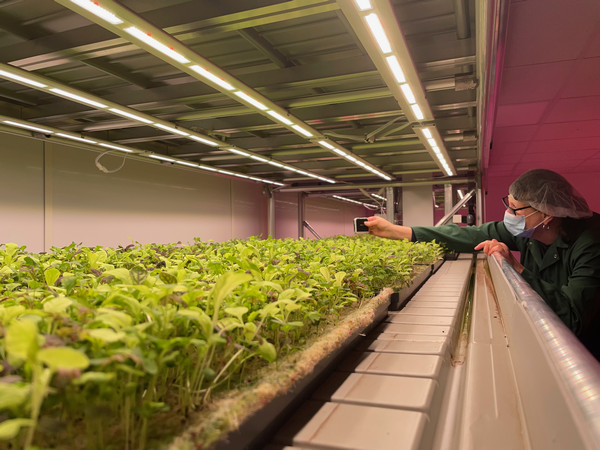
“Indoor farms and greenhouses may ultimately request the same spectrum, but the form factor and power level is different between them,” notes Andrew. Indoor farms and greenhouses also differ in that indoor farms use LEDs as the sole light source whereas greenhouses use artificial light to supplement natural light conditions. Considering only greenhouses, Andrew explains that growers’ needs vary depending on geographic location and the choice between hybrid systems or purely LED.
“In greenhouses, there is a trend to use a combination of LED and HPS lighting. In other cases, greenhouses are using only LEDs while others don’t need supplemental lighting at all. In northern regions, we have darker winters and rely on supplemental lighting to grow when ambient light levels are low,” explains Andrew.
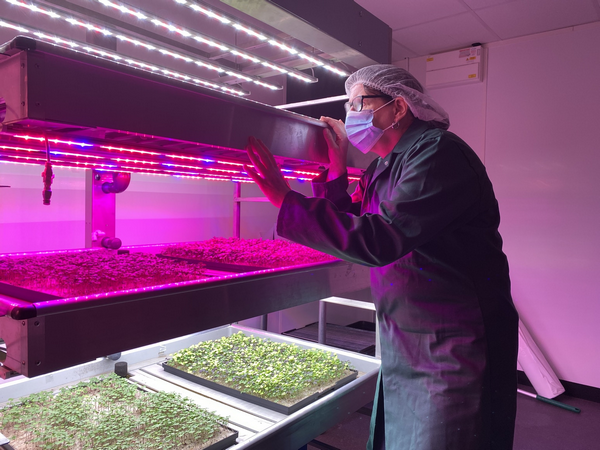
Andrew attributes much of Vertically Urban’s adaptability to its in-house team of engineers and plant scientists, as well as its nine-zone trial lab that allows the company to continuously research new lighting strategies. This adaptability, according to Andrew, is critical to designing lights for “the farms of the future.” This has meant ensuring that its lighting solutions are compatible with renewable energy systems and are dimmable.
“Some of our clients are looking to use solar energy, so it is important that our lights be efficient in their power conversion so that the loadings are minimal. It is also important that our products be dimmable because farms of the future are dynamic, and we want to light the farms of the future,” Andrew noted.
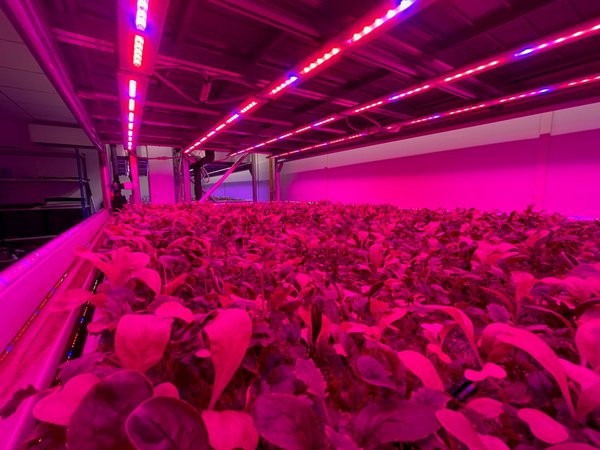
With respect to dimming, Andrew explains that dimming allows growers to maintain an optimal PPFD as the crop grows towards the lights, while improving energy efficiency. Andrew also noted the trend towards tunable spectra which, combined with dimming, allows growers to design flexible systems that can adapt to production changes.
“We’re seeing farms designing lighting systems for future redundancies. Some of these farms don’t know what they’ll be growing in three years. By installing dimmable, multi-channel lighting, growers can adjust their existing lighting in situ without needing to change the entire system,” explains Andrew.
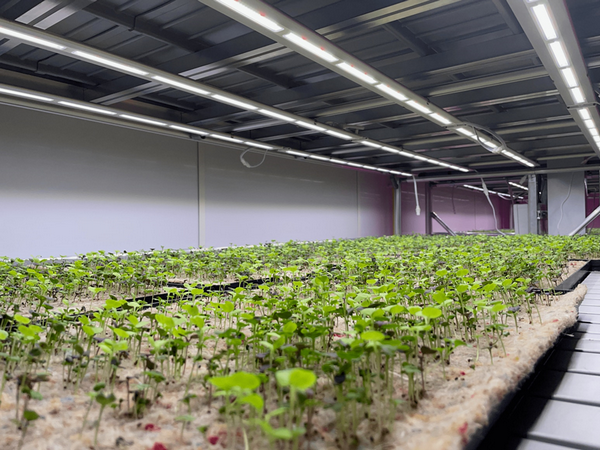
What’s next?
According to Andrew, the company is creating worldwide partnerships and signing distribution deals around the world. Vertically Urban plans to expand into other markets and is working with partners in the Middle East and United States. “Although the market is nascent, it is growing quickly. It seems that cutting food miles and reducing carbon emissions is on the agenda for many countries,” says Andrew.
The company is also continuously conducting research in-house with its team of engineers and plant scientists, all aimed at elucidating optimal spectra, PPFD and materials to ensure client success and improve efficiency.
“We are constantly conducting research and will be further developing our controls and system interfaces. We are already developing more drivers to control the lighting in different manners and are working with chip suppliers to ensure that we are using the most efficient chips. All of this will lead to more product designs for different markets,” explains Andrew.
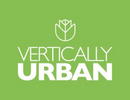 For more information:
For more information:
Andrew Littler, CEO
Vertically Urban
hello@verticallyurban.com
www.verticallyurban.co.uk
